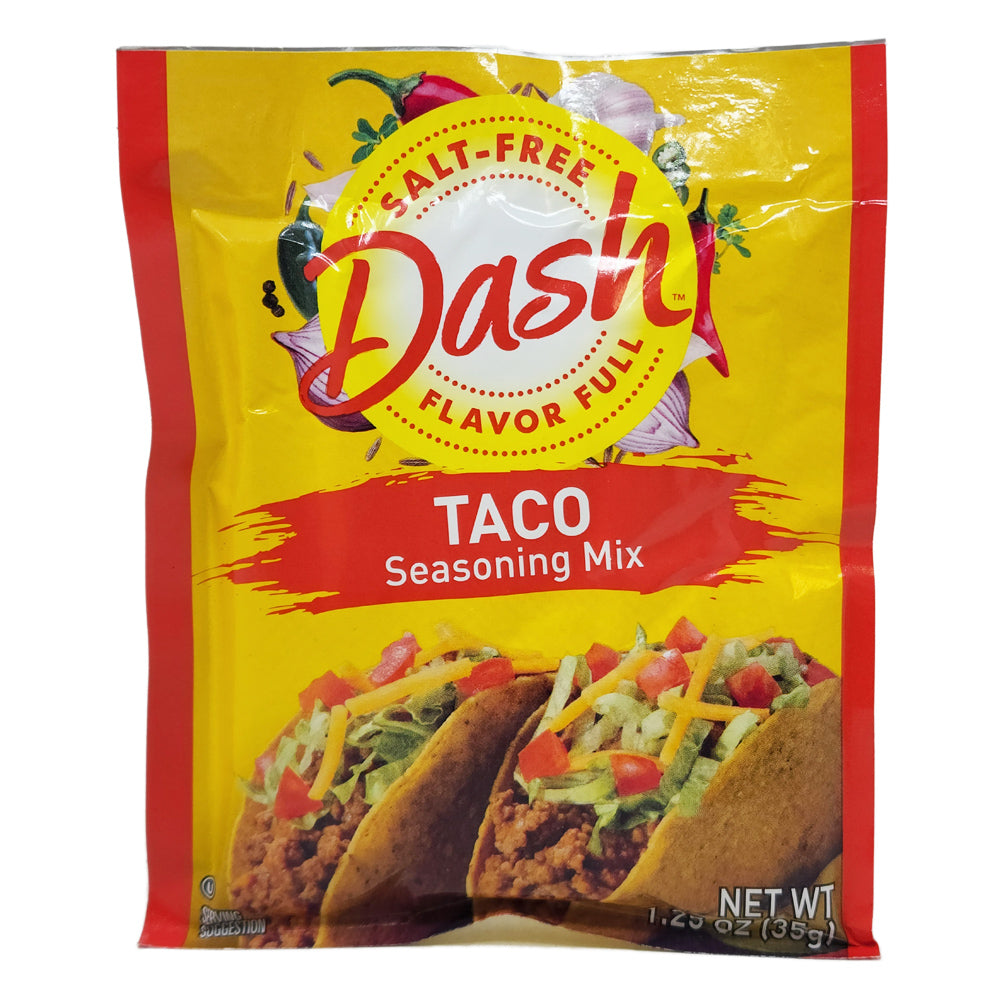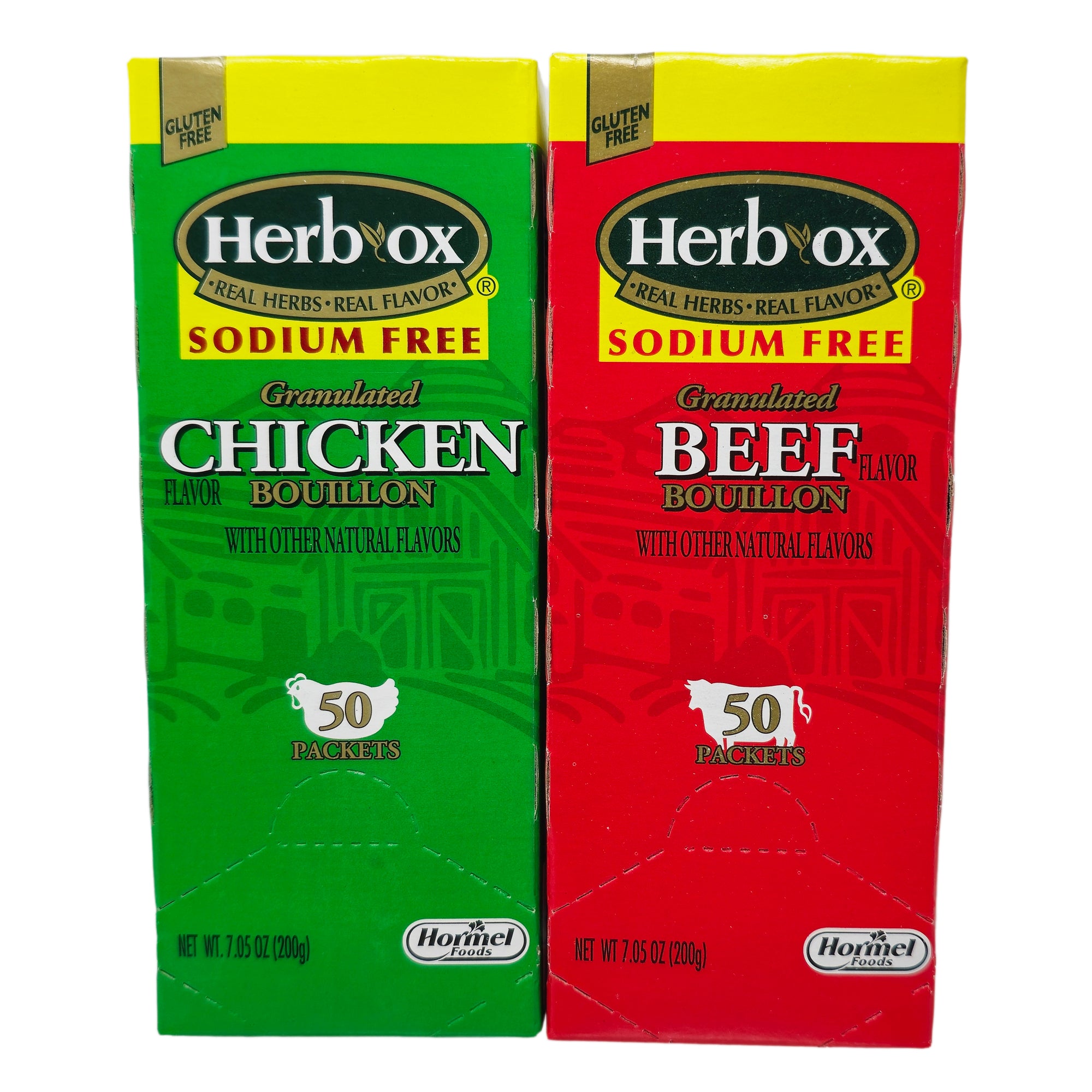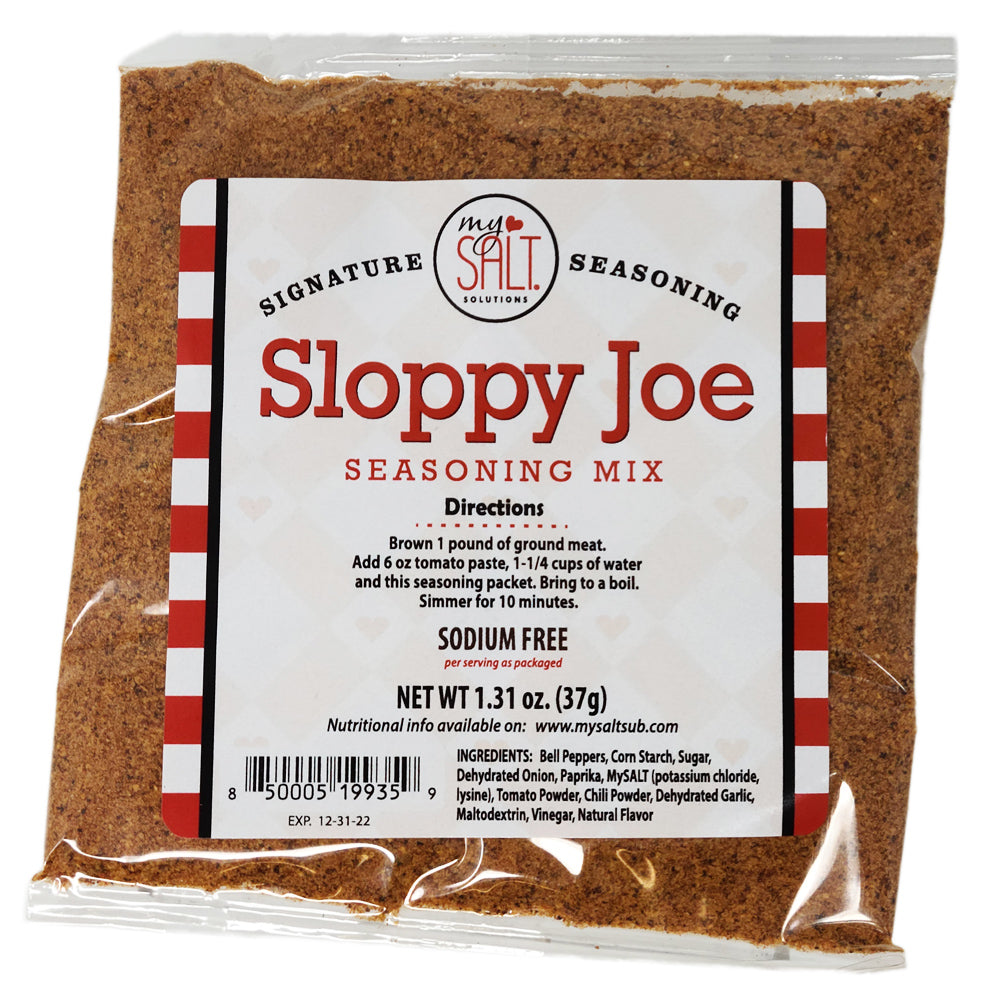Dietitian's Corner
Salt: Coincidence or Conspiracy?
Read what recent studies show about sodium and your diet. Click HERE.
How much sodium is in a food product labeled "low sodium" vs. "very low sodium"?
The FDA sets the guidelines for food labeling in the United States. Following are the sodium guidelines set by the FDA.
- Sodium-free - less than 5 milligrams of sodium per serving
- Very low-sodium - 35 milligrams or less per serving
- Low-sodium - 140 milligrams or less per serving
- Unsalted, no salt added or without added salt - made without the salt that is normally used, but still contains the sodium that is a natural part of the food itself.
The FDA and USDA have proposed that, effective January 1, 1998, individual foods bearing the claim "healthy" must not exceed 360 mg sodium per reference amount while "meal type" products must not exceed 480 mg sodium per reference amount.
***
Do you have any ideas for cool summer treats?
Fresh fruits and vegetables are a naturally low sodium treat, full of essential vitamins, minerals, and fiber. Try some of the more exotic varieties for a new taste and texture experience, such as guava, star fruit, mango and jicama. Or put a new twist on an old favorite.
Here are some examples:
- Top sorbet or sherbet with blueberries, raspberries, or strawberries.
- Freeze a banana, grapes, or berries for 1-2 hours before eating.
- Dip strawberries in powdered sugar.
- Cool off with a fruit smoothie-mix berries, banana, and ice in a blender.
- Slice jicama and red pepper into strips. Dip in low fat sour cream seasoned with dill or a salt free seasoning mix, if desired.
- Process carrots, celery, and an apple through a juicer for a refreshing juice cocktail.
Julie Christenson is a Research Dietitian at the Preventive Cardiology Institute of Fairview Southdale Hospital in Edina, Minnesota.
*** Reproduced with permission
http:www.amhrt.org/Heart and Stroke A Z Guide/sodiumg.html,1997
Copyright American Heart Association
Cholesterol Lowering Margarines
Although these products have a sodium content that may be too high for most of us, I though that it may be interesting to answer some questions about them for those who are interested. This article is reprinted with permission from Heart Watch, volume 3, number 6, July 1999. Copyright Massachusetts Medical Society. For subscription information call 1-800-999-6043.
If you have elevated cholesterol, high-fat spreads like butter and margarine may be low on your shopping list- and rightfully so. But in late May, supermarkets around the country began stocking two new spreads designed to help actually lower cholesterol. Called Benecol and Take Control, these products are the latest examples of "functional foods", foods designed with a specific health benefit in mind.
Both margarines contain stanol esters, a plant substance that acts in the intestines to help prevent the absorption of cholesterol by the body. The stanol ester in Benecol comes from pine trees, while the one in Take Control is derived from soy.
Clinical trails appear to support the companies’ claims. A recent study of 55 Finnish men and women with high cholesterol found that those who ate either of two stanol ester margarines for eight weeks saw their total cholesterol drop by 8 to 11 percent and their LDL cholesterol by about 9 to 14 percent, compared with a group that followed a low-fat diet alone. The study appeared in the March American Journal of Clinical Nutrition.
Both brands suggest using the margarine several times a day to achieve the greatest effect. But beware: Just because the spreads are low in cholesterol, they are not fat- or calorie-free (see table). And the regular version of Benecol contains trans fats, which may be more unhealthy for your heart than even saturated fats. To avoid trans fats, use either Benecol's light version or Take Control, which are trans-fat free. The products are also expensive, as much as $5 a package, so if cholesterol isn't a problem for you, you're better off using other butter or margarine substitutes, such as olive oil. And deep in mind that although stanol ester spreads may reduce your cholesterol, it's not clear whether they can reduce your risk of heart disease or heart attacks.
For those with high cholesterol, these new margarines may be a healthier substitute for traditional high-fat spreads, and for people with mildly elevated levels, they may even reduce the need for medication. But be sure to let your doctor know you're eating these spreads, continue taking your medications, and keep an eye on the fat and calories.
How much sodium is in raw beef?
Here is your answer, and it may surprise you. These are average sodium amounts for 4 ounce cuts of choice beef, with 1/4 inch trim.
| chuck, (67 mg) | porterhouse steak (69 mg) |
| ground, raw, extra lean (56 mg) | ribs, whole (70 mg) |
| ground, raw, lean (64 mg) | ribeye, (73 mg) |
| ground, lean, baked, (81 mg) | round, full cut (69 mg) |
| ground, lean, broiled (101 mg) | short loin (T-Bone,Top Loin, Sirloin, top) broiled, (70 mg) |
| ground, lean, pan-fried (87 mg) | tenderloin (71 mg) |
The authors of this column are not physicians, and information provided is not a substitute for medical advice from a physician or other health care provider. You should discuss your individual medical condition with your physician or other health care provider. The opinions expressed in this column are solely those of the author, and not necessarily Healthy Heart Markets, Inc.




